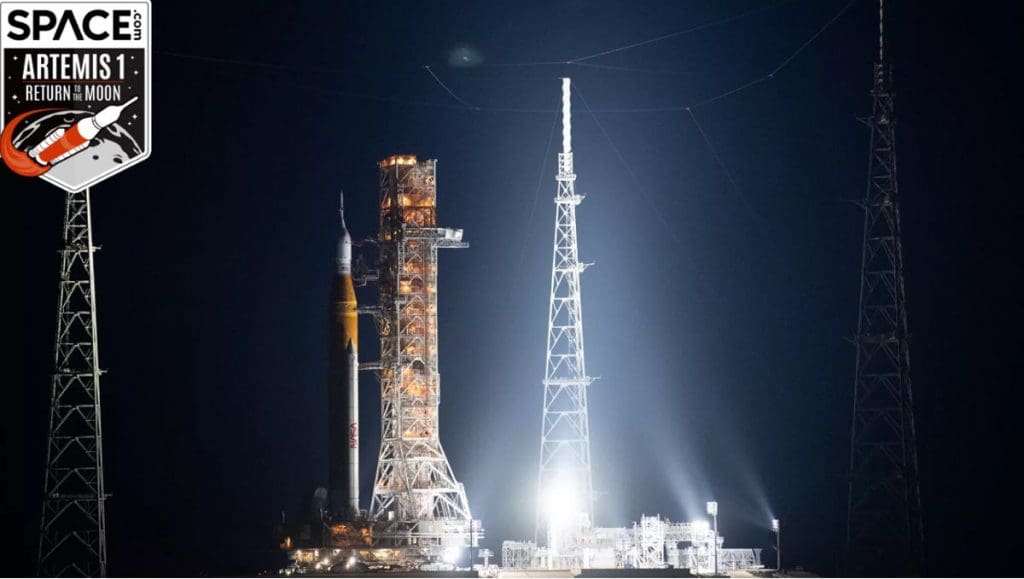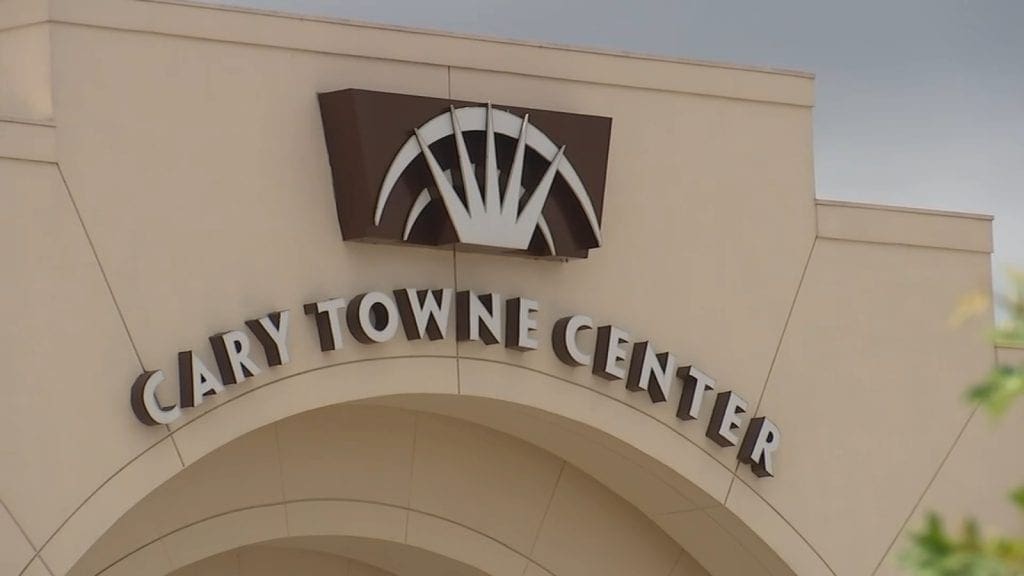On August 29, a launch window opens for the first trip to the Moon by a spacecraft intended to carry people since 1972. A launch window is the time frame in which a rocket must be launched to reach its objective. If everything goes according to plan, the Artemis project will succeed in its mission to return humans to the Moon by 2025.
Project Artemis 1, which takes its name from the sister of Apollo and Zeus in ancient Greek mythology, aims to establish a permanent human presence on our nearest neighboring planet and, in the long run, to travel far further.
Artemis 1 Is An Ambitious Project
The first of multiple missions is called Artemis 1. It is made up of the Orion Multi-Purpose Crew Vehicle (or Orion MPCV), which has only ever flown in space, and NASA’s brand-new, ultra-heavy Space Launch System (SLS), which has never been launched before.
The Orion MPCV is a solar-powered spacecraft, in contrast to the Command Service Modules of the Apollo missions, which were fueled by hydrogen fuel cells. When performing high-thrust maneuvers, the probe’s characteristic X-wing solar arrays can be swept either forward or backward to lessen stress on the craft. Six astronauts can ride on it for up to 21 days in space. However, the upcoming, unmanned Artemis 1 mission could take up to 42 days. Artemis, like Apollo, is a global undertaking. The Orion MPCV is made up of an astronaut capsule made in the US and a service module made in Europe that has fuel, water, air, solar panels, and rocket engines.
Because Artemis-1 depends on the Sun for power, there are some limitations on when it can launch because the Earth and Moon’s geometry must prevent the Orion spacecraft from ever being in the Sun’s shadow for more than 90 minutes. The first launch window opens on August 29 at 08.33 EST, and additional periods open on September 2 and 5.



